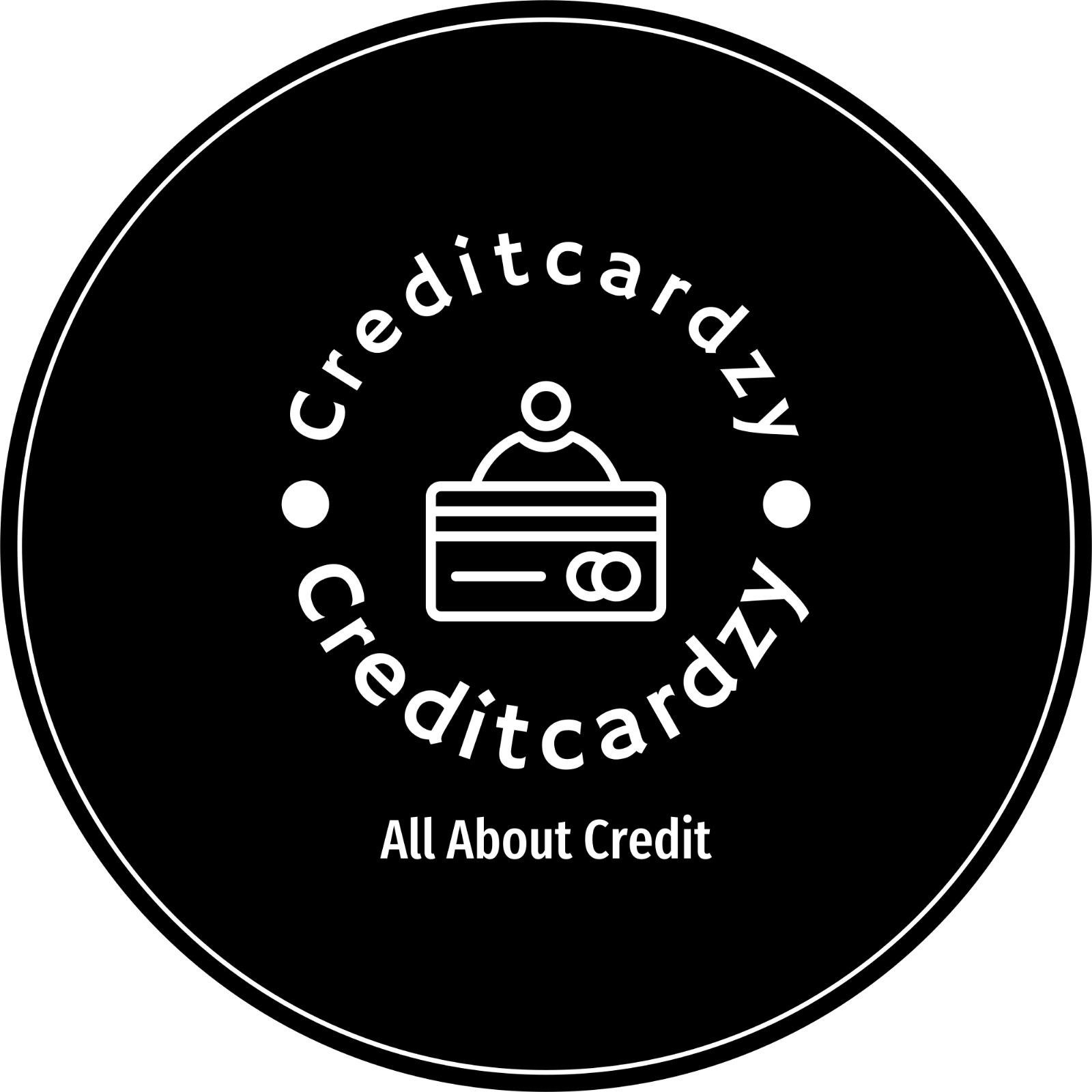Credit cards have become a popular tool for earning travel rewards, such as airline miles and hotel points. However, if simplicity and a solid return on spending are your top priorities, cash-back credit cards are an excellent choice. Before you start shopping for a new card, though, it’s essential to consider what you want in a cash-back card and which one is the best fit for you. Here are four things to consider when choosing a cash-back credit card.
1. Research the earning rates
Not all cash-back cards work the same way, so it’s crucial to understand how each card structures its rewards program. There are three main types of cash-back credit cards:
– Flat-rate cash-back cards: These cards offer the same rewards rate on every purchase you make. For example, the Citi Double Cash Card gives you 2% back on every purchase (1% back as you make purchases and another 1% back when you pay them off).
– Tiered-rate cash-back cards: These cards provide higher earn rates on select categories and typically 1%-1.5% back on everything else. The Blue Cash Preferred Card from American Express, for instance, gives you 6% cash back at U.S. supermarkets (up to $6,000 spent each calendar year, then 1%) and on select U.S. streaming subscriptions. You’ll also earn 3% back at U.S. gas stations and on transit, and 1% back on everything else.
– Rotating-category cash-back cards: These cards offer elevated cash-back rates on everyday spending categories that rotate every quarter. For example, the Chase Freedom Flex earns 5% back on up to $1,500 spent in quarterly rotating categories, 5% back on travel purchased through Chase Ultimate Rewards, 3% back on drugstores and dining, and 1% back on everything else.
With tiered and rotating rewards, you have a better chance to maximize your cash back with certain bonus categories. However, flat-rate rewards cards provide a consistent earning rate on all your spending, but they may not offer the flexibility to maximize rewards in specific spending categories.
2. Review your budget
To determine which cash-back card will be most rewarding for you, it’s essential to know where you spend most of your money. By analyzing your spending habits, you can choose a card that rewards those purchases the most.
For example, if you spend a significant amount on groceries, a tiered rewards card with higher earning rates on grocery purchases, such as the Blue Cash Preferred Card from American Express, would be a good fit. Alternatively, if you spend a lot on entertainment and dining out, a card that earns bonus cash back in those categories, like the Capital One SavorOne Cash Rewards Credit Card, would be beneficial.
By crunching the numbers and evaluating your monthly spending, you can determine which card offers the best rewards based on your spending habits.
3. Evaluate the welcome offer and annual fee
Cash-back credit cards offer more than just earning rates. Many cards provide sign-up bonuses, introductory 0% annual percentage rate (APR) promotions, and other perks that can add value to your experience. As you compare cash-back credit cards, consider the benefits that align with your needs.
For example, if you have a significant purchase coming up, you may want to look for a card with a sign-up bonus or a 0% APR introductory offer. Cards like the Chase Freedom Flex and the Blue Cash Everyday Card from American Express offer both, making them excellent choices for large expenses.
It’s also crucial to consider whether the card charges an annual fee and how that will affect your rewards earning power. Some cards, like the Capital One QuicksilverOne Cash Rewards Credit Card, have a $39 annual fee but earn 1.5% cash back on all purchases. This means you’d need to spend at least $2,600 yearly to break even on the annual fee. On the other hand, cards like the Chase Freedom Unlimited earn 1.5% back on all purchases and don’t have an annual fee, allowing you to earn rewards without worrying about offsetting a yearly cost.
4. Consider having multiple credit cards
While there may not be a single cash-back credit card that’s best for everyone, the best way to maximize your rewards is by using multiple cards for different spending categories. By having more than one cash-back card, you can tailor your rewards to your specific spending habits.
For instance, you can use the Blue Cash Preferred Card for groceries and gas, the Chase Freedom Flex for travel, dining, and drugstores, and the Citi Double Cash Card for everything else. This approach allows you to maximize your rewards in each spending category.
While managing multiple cards may take some getting used to, it’s an effective way to make the most of your daily expenses.
In conclusion, the best cash-back credit cards offer flexible rewards and the opportunity to earn significant value on your everyday spending. By considering the earning rates, reviewing your budget, evaluating welcome offers and annual fees, and potentially using multiple cards, you can choose the right cash-back card or combination of cards that best suits your needs.

